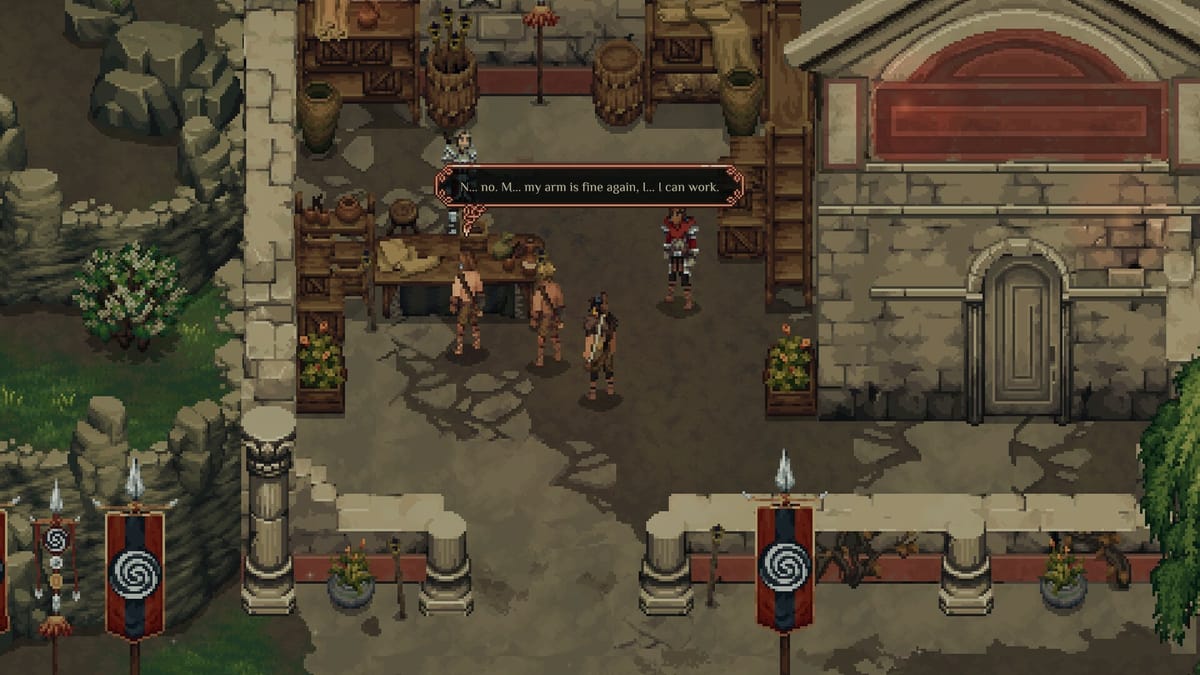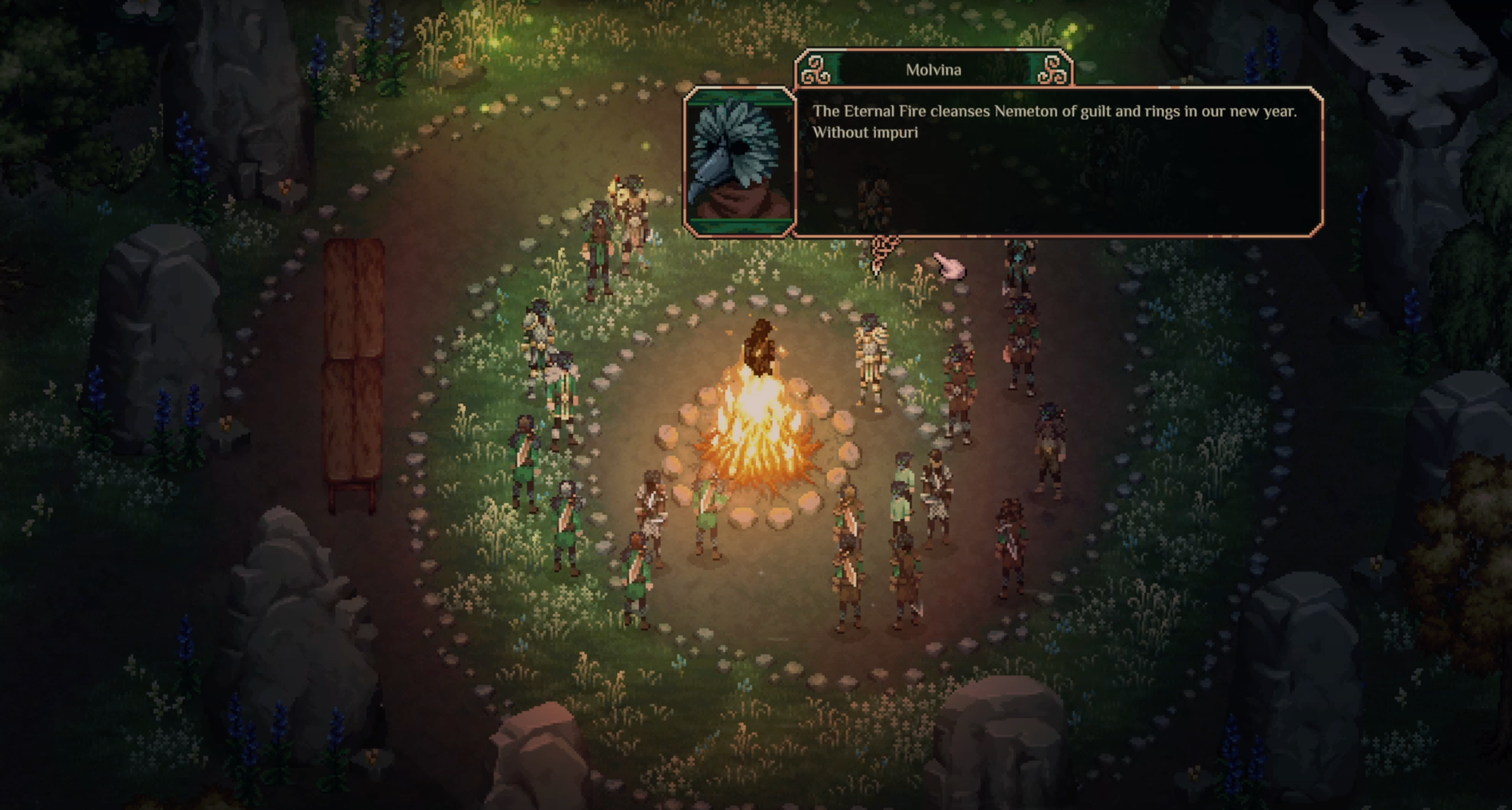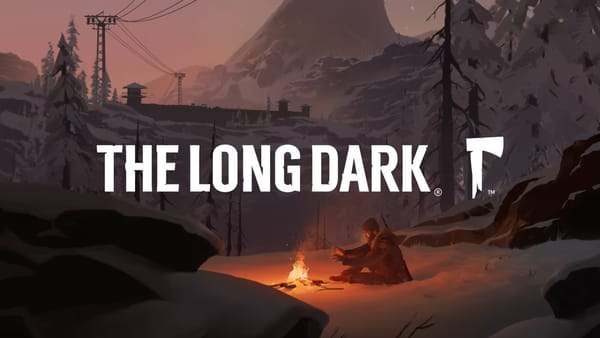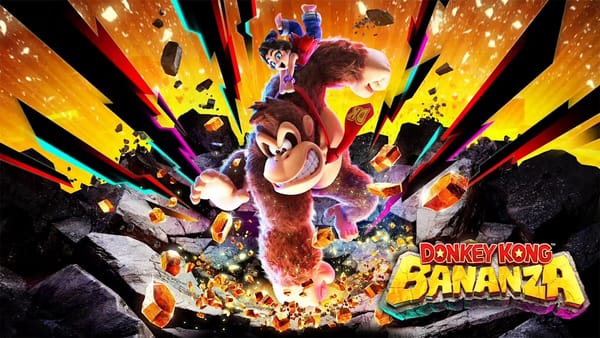On red pixels: violence and verisimilitude
Guest Backlog from Brandon Walsh

[Editor’s Note: Brandon Walsh is back with another guest Backlog. This time, he’s reflecting on violence, some recent indie videogames, and what became of our shared childhood memory of renting videogames. —Grayson]
I practically lived in Blockbuster as a kid. There was a store just a few blocks away from our house, so I spent most rides home trying to convince my parents to swing by so we could check out the new releases. One day in 1993 I succeeded, and as soon as we walked in the door I excitedly brought out the manual for my prize. I only got as far as the first page before my mother snatched the game away in horror: “That’s the game that has been all over the news for how violent it is! You’re not allowed to play it.” I remember my confusion. My mom had heard of a game before I had? And someone in the news was talking about them? Why would a game be banned?
Mortal Kombat was controversial for its realistic depictions of violence, part of the 1993–94 United States Senate hearings on videogames that resulted in the creation of the Entertainment Software Ratings Board. Any time you find a letter rating the content of a videogame you are looking at the legacy of a moral panic surrounding violence and videogames in the late 90s. But the content of those games looks quaint by today’s standards. I can barely watch clips from the most recent iterations of Mortal Kombat, which have doubled down the series’ commitment to levels of photo-realistic gore that would make Jigsaw blush. The Last of Us is currently enjoying a moment as viewers on Max (or I guess HBO Max again?) who never played the game suffer through the violent plot twist at the heart of the second season. Plus, to capitalize off of the success of the televised adaption, series developer Naughty Dog released The Last of Us 2 Remastered, which promises to render the violence in even more spectacular fashion.
As a kid, I found it absurd that my mother wouldn’t let me play Mortal Kombat just because a few senators were making a fuss. And now, from the vantage of 2025, with hyperviolence having dominated not only the gaming space but all media, it seems almost quaint to worry about how 90s games pushed the envelope. But lately I’ve been thinking about how the panic over 90s violence might be onto something: The most effective moments of violence in recent games have been those that played with the power of games to represent reality.
Drova: Forsaken Kin operates in the action RPG lineage of Secret of Mana and Secret of Evermore. The game pulls DNA from Soulsborne universe, though, aspiring to a gritty, bloody landscape, all rendered in pixel art. It felt dirty and messy as red pixels flew with each weapon attack. One memorable quest in Drova asked me to investigate missing weapon shipments from my group. When I found the thief, the faction leaders refused my requests for mercy and, instead, burned him alive at a stake while the group watched. I felt horrified at my actions, complicit in the state-sanctioned torture. Children watching the event said they were frightened, but their parents told them not to look away. I can’t stop thinking about the thief’s screaming face slowly growing quiet in 2D pixel art.

Arco takes this stylized approach even further. In the tactical RPG, you navigate through a Western-inspired world filled with rage, family, and blood. In one memorable scene, a character becomes enraged in combat at the death of their friend. The music soared in a manner meant to evoke a cutscene, so I sat back, preparing to let the moment wash over me passively. Instead, the game subverted my expectations by launching into a battle that was otherwise normal—except my character was invincible. The enemies played by the same rules as usual, dutifully taking their turns against my unstoppable brutality. The moment was made especially effective by the game’s stripped-down aesthetic. The characters in Arco are barely recognizable as human, more collections of geometry than people. My character’s mount was a collection of blocks, like something made out of Lego.
But the aesthetic works. I came to love my llama (or my alpaca? hard to tell). The game felt elemental in the ways that the best Westerns do: lonely and vast, with characters who drip with personality even as they are barely recognizable shapes. When my invincible character showered the screen with splattered red pixels, I was deeply moved at the cycle of violence in which I had become engrossed. I felt visceral horror as my cluster of ovals brutalized other shapes. The game feels like a classical epic, and it gets this sense of scale precisely because you can’t zoom in on the details.
Moments like these are so affecting because they refuse realistic detail. In Understanding Comics, Scott McCloud argues that images actually become more powerful as they get more abstract. We focus less on the extraneous details that constitute a realistic image and more on the raw elements that make it up. We lose the photographic specificity, but in doing so the image starts to transcend its particular context.
Paradoxically, it seems that the less identifiably human an image gets, the more we are able to identify with it. We might oppose this effect to the concept of the uncanny valley, the sense of revulsion we sometimes feel when observing a graphic rendering of a human face that aspires to realism but falls just short. The closeness actually pushes us away.
Pixel art games are a retro callback to an earlier era where graphics were limited by the technology of their time. But the stylized aesthetic also serves as a narrative shortcut, a way for players to connect with story beats by universalizing them. Drova’s torture scene becomes a blank canvas upon which we can project our own stories of betrayal, forgiveness, and state torture. Arco becomes less about particular characters’ arcs and more a parable about cyclical violence. The stripped-down aesthetic offers more narrative punch than photorealism ever could. The stylistic choice leans more on the imagination of the player than the technology in front of them.
When my mom banned Mortal Kombat from our house, I remember feeling confused that pixels on a screen could have any real power over me. But she might have been onto something: abstract images can worm their way into the imagination in a way that photographs struggle to do so. Whether to panic about it or not is a different question entirely.




